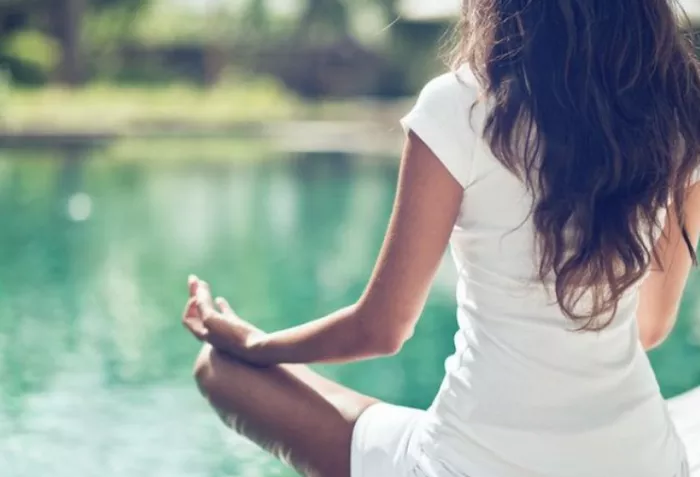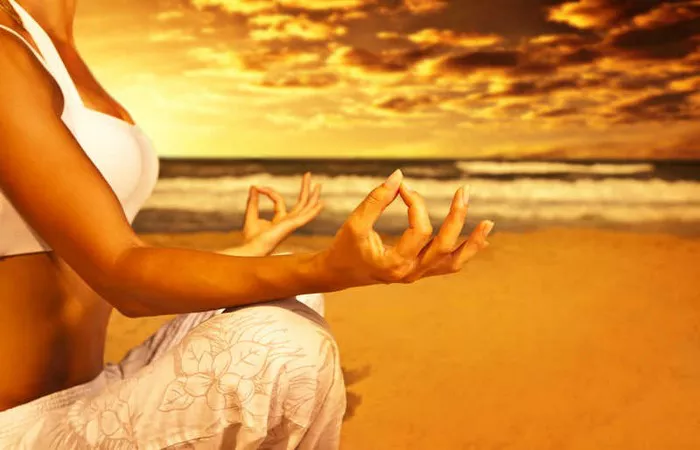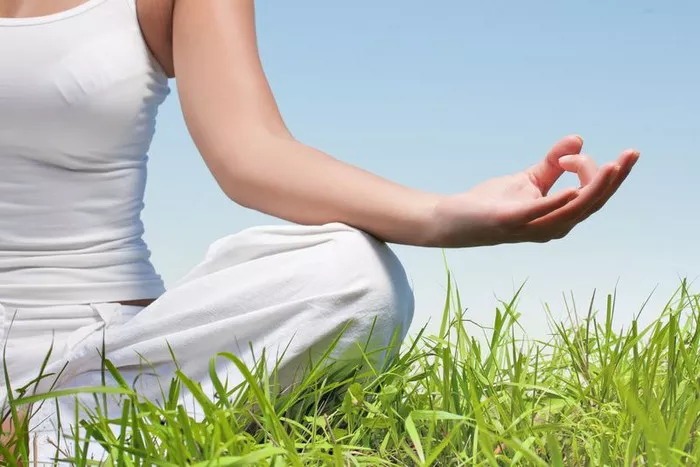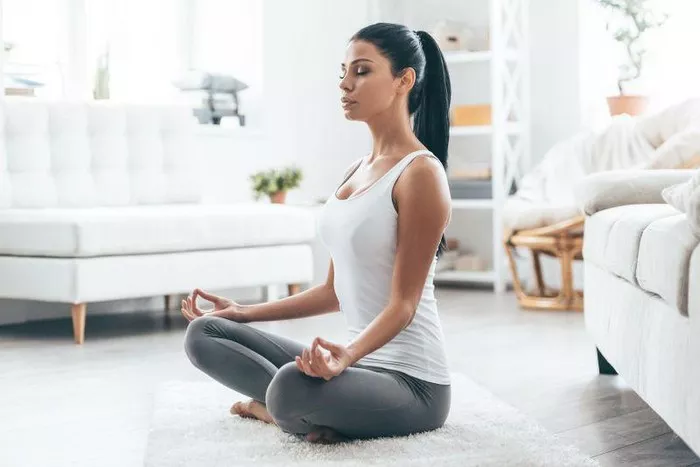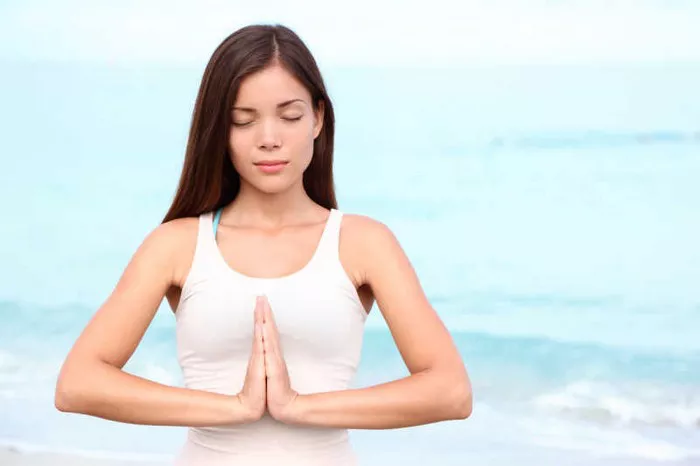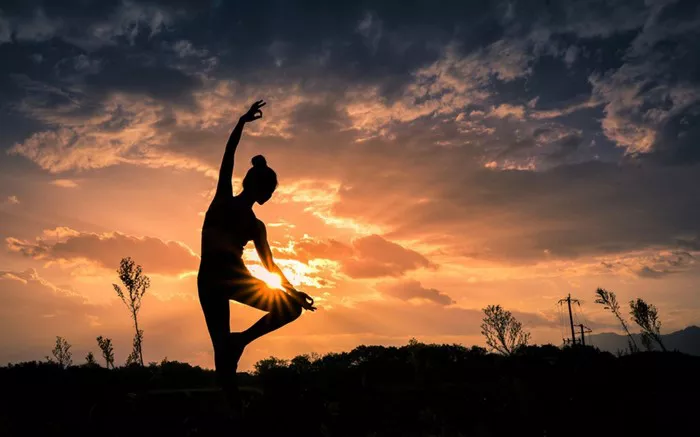In the world of yoga, “Namaste” is a term that resonates deeply with practitioners and instructors alike. This ancient Sanskrit greeting is more than just a salutation; it is a profound gesture that embodies respect, humility, and spiritual connection. But why do we say “Namaste” in yoga? What is the significance of this word and gesture in the practice of yoga? This article delves into the origins, meanings, and importance of “Namaste” in yoga, exploring its cultural, spiritual, and practical implications.
The Origins of Namaste
“Namaste” is a Sanskrit word derived from the roots “namah,” meaning bow or adoration, and “te,” meaning to you. Combined, “Namaste” translates to “I bow to you” or “I honor you.” The gesture associated with “Namaste” involves placing the palms together in front of the heart, fingers pointing upward, and bowing the head slightly. This gesture, known as Anjali Mudra, is a common practice in India and other South Asian cultures.
Historically, “Namaste” has been used as a respectful greeting and farewell, conveying a sense of reverence and acknowledgment. In Hinduism, it is also a way to recognize the divine presence within another person. This spiritual significance has made “Namaste” a fitting inclusion in the practice of yoga, which often seeks to unite the physical, mental, and spiritual aspects of the self.
The Spiritual Significance of Namaste in Yoga
In yoga, “Namaste” is more than a mere greeting; it is a symbol of the spiritual connection between individuals. When practitioners say “Namaste” at the beginning or end of a yoga session, they are acknowledging the divine spark within each person present. This recognition fosters a sense of unity and respect, which are core principles of yoga.
The gesture of “Namaste” is also seen as an act of surrender. By bringing the palms together and bowing the head, individuals are symbolically offering their ego and pride, allowing themselves to be open and receptive to the practice and to others. This act of humility is essential in yoga, where the goal is often to transcend the self and connect with a higher consciousness.
Namaste as a Practice of Mindfulness
Mindfulness is a key component of yoga, and “Namaste” plays a significant role in cultivating this awareness. When practitioners say “Namaste,” they are invited to pause, reflect, and center themselves. This moment of mindfulness helps to set the tone for the practice, encouraging individuals to be present and fully engaged in their yoga session.
Moreover, “Namaste” serves as a reminder to approach the practice with an attitude of gratitude and respect. By honoring the divine within themselves and others, practitioners can foster a sense of appreciation for the opportunity to practice yoga and the community that supports them.
Namaste and the Teacher-Student Relationship
The relationship between a yoga teacher and their students is built on trust, respect, and mutual understanding. “Namaste” is a vital part of this dynamic, as it acknowledges the shared journey of growth and learning. When a teacher says “Namaste” to their students, they are recognizing the effort and dedication each student brings to their practice. Conversely, when students say “Namaste” to their teacher, they are expressing gratitude for the guidance and wisdom imparted.
This exchange of “Namaste” reinforces the idea that both teacher and student are equal participants in the practice of yoga. It emphasizes that everyone, regardless of their level of experience, has something valuable to contribute and learn.
Cultural Appropriation and Sensitivity
While “Namaste” has become a widely recognized and embraced term in the global yoga community, it is essential to approach its use with cultural sensitivity and respect. As yoga continues to grow in popularity outside of its cultural and historical origins, there is a risk of cultural appropriation – the adoption of elements from one culture by members of another culture, often without understanding or respecting the original context.
To use “Namaste” appropriately, it is crucial to understand its cultural and spiritual significance. Practitioners should strive to honor the traditions from which yoga and “Namaste” originate, acknowledging the rich history and meaning behind these practices. This respect helps to preserve the integrity of yoga and fosters a deeper, more authentic connection to the practice.
The Role of Namaste in Modern Yoga Classes
In contemporary yoga classes, “Namaste” is commonly used at the beginning and end of the session. This practice serves multiple purposes, including setting a respectful and mindful tone for the class, creating a sense of community, and honoring the shared experience of yoga.
At the start of a class, “Namaste” can help practitioners transition from the busyness of everyday life to a more focused and introspective state. It signals the beginning of a sacred time dedicated to personal growth and well-being.
At the end of a class, “Namaste” serves as a moment of closure and reflection. It allows practitioners to acknowledge the efforts of themselves and others, express gratitude, and carry the sense of peace and mindfulness cultivated during the practice into their daily lives.
The Universality of Namaste
While “Namaste” has its roots in Hindu and South Asian cultures, its message of respect, unity, and recognition of the divine transcends cultural and religious boundaries. In yoga, “Namaste” has become a universal symbol of the principles that the practice embodies. It reminds practitioners of the interconnectedness of all beings and the importance of approaching life with humility and reverence.
This universality makes “Namaste” a powerful tool for fostering inclusivity and understanding in the yoga community. Regardless of one’s background or beliefs, the spirit of “Namaste” invites everyone to come together in a shared space of respect and spiritual growth.
Conclusion
The use of “Namaste” in yoga is a profound and meaningful practice that goes beyond a simple greeting. It encapsulates the essence of yoga, emphasizing respect, humility, mindfulness, and spiritual connection. By saying “Namaste,” practitioners honor the divine within themselves and others, fostering a sense of unity and appreciation that enhances the overall yoga experience.
As yoga continues to evolve and spread across the globe, it is essential to approach “Namaste” with cultural sensitivity and respect. By understanding and honoring its origins and significance, practitioners can preserve the integrity of this sacred practice and deepen their connection to the true spirit of yoga.
Related topics:


